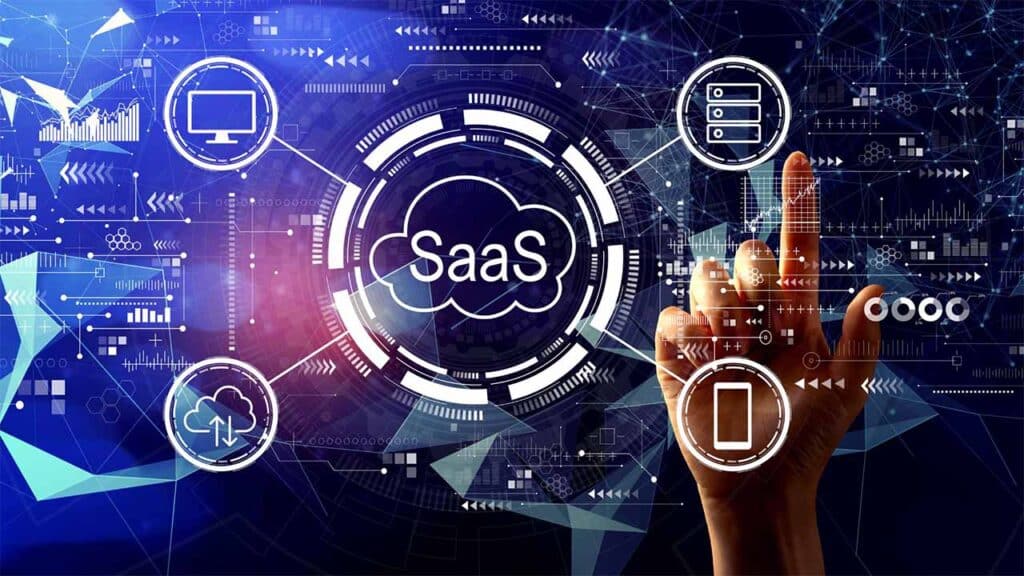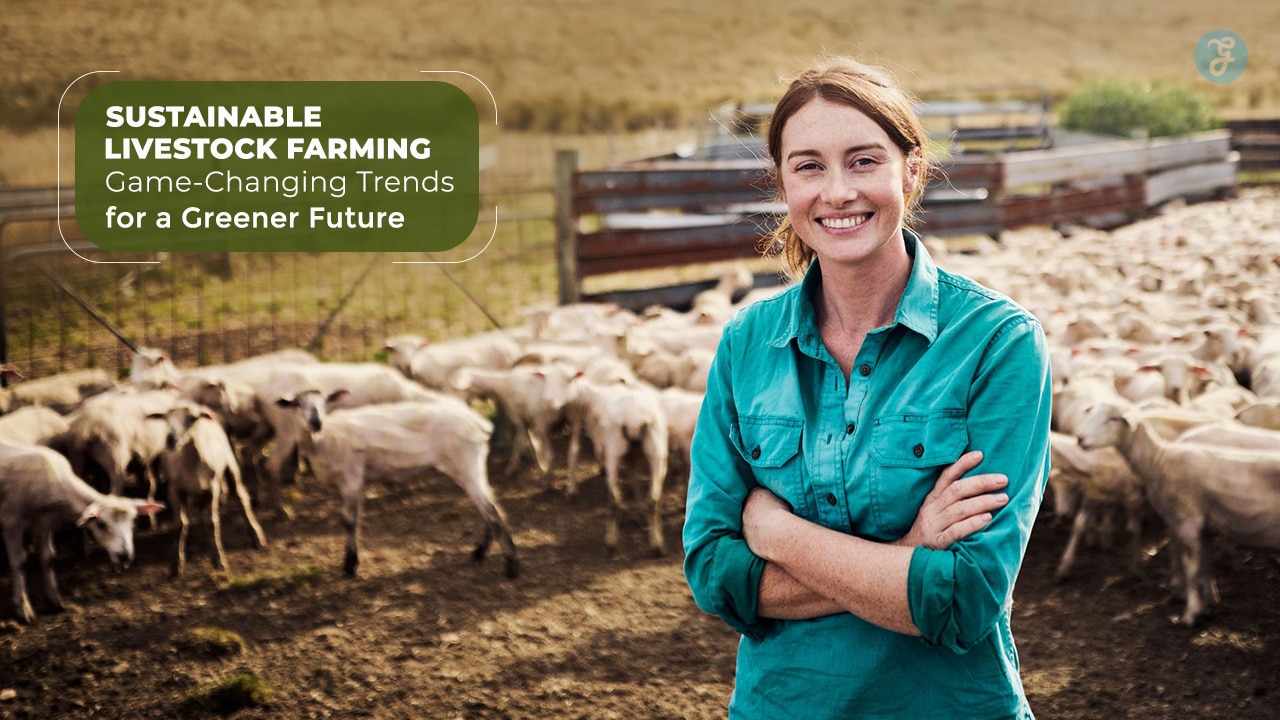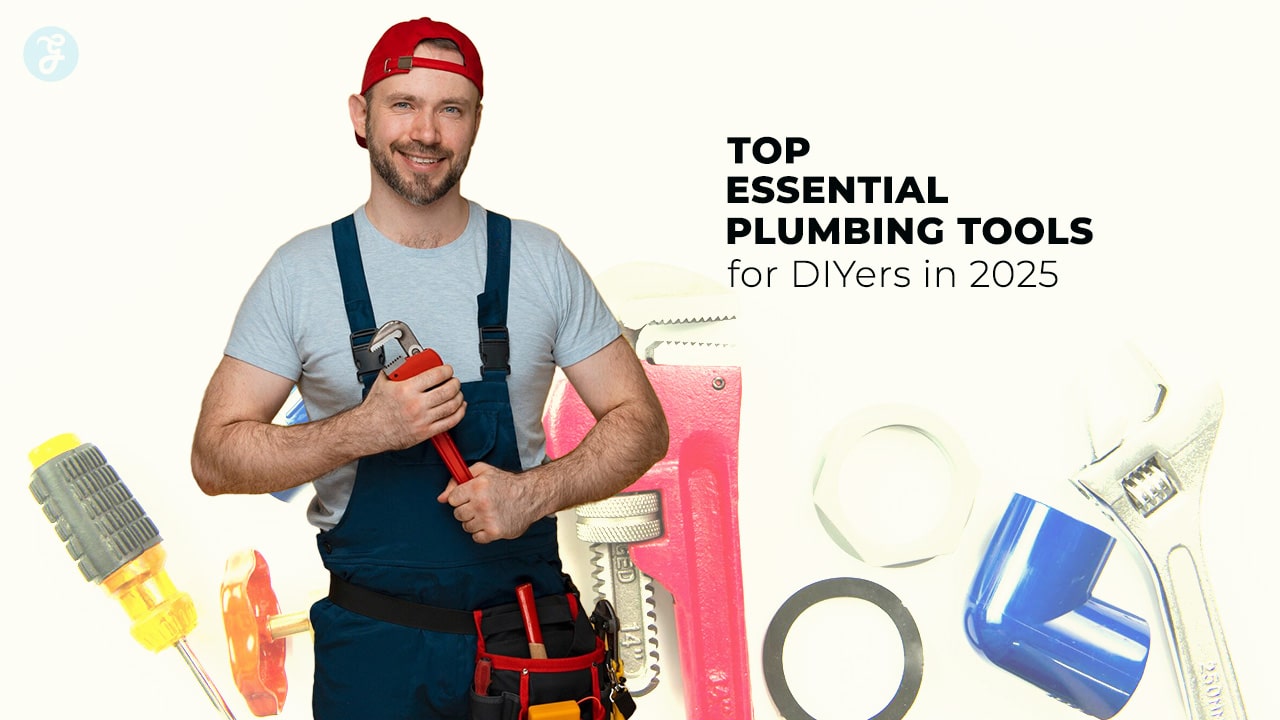The Software as a Service (SaaS) industry is incredibly competitive, with new products emerging daily. Growing a SaaS company requires more than just having a great product; it demands smart marketing, efficient onboarding, and a deep understanding of your target audience.
Growth hacking focuses on leveraging creative, cost-effective strategies to scale quickly and sustainably.
Below, we explore 15 growth hacks that have proven successful for SaaS companies, from product development to customer acquisition and retention strategies.
1. Offer a Free Trial with a Clear Value Proposition
Why It Works:
Free trials are a staple in SaaS because they allow potential customers to experience your product before committing to a subscription.
However, for this strategy to work effectively, your trial must offer immediate value.
It should showcase your product’s most compelling features and demonstrate how it solves a specific problem.
How to Do It:
- Short, Impactful Trials:
A trial period of 7 to 14 days is often more effective than longer trials, as it creates urgency.
Be sure to communicate the product’s core benefits early in the trial.
- Guided Onboarding:
Help users get up to speed quickly with a simple, intuitive onboarding process that highlights the most important features and how to use them.
- Incentives for Activation:
Encourage users to complete key actions, such as setting up an account or importing data, by offering additional perks like extended trials or discounts on paid plans.
Example:
Dropbox used a free trial to show potential customers the power of cloud storage and file sharing.
Their simple onboarding process made it easy for users to upload and share files, showcasing Dropbox’s value right from the start.
2. Create a Powerful Referral Program
Why It Works:
Referral programs leverage your existing customers to bring in new users.
People are more likely to trust recommendations from friends or colleagues, making referrals a cost-effective way to acquire high-quality leads.
How to Do It:
- Double-Sided Rewards:
Offer incentives for both the referrer and the referred customer.
This creates a win-win situation that encourages users to share your product.
- Make Referrals Easy:
Simplify the referral process with clear instructions, shareable links, and social media integration.
- Track Success:
Use analytics to track which users are referring others and how effective the program is in driving conversions.
Example:
Dropbox’s referral program is a textbook example of success.
They offered free additional storage to both the referrer and the referred, resulting in viral growth and millions of new users.
3. Leverage Content Marketing for Lead Generation
Why It Works:
Content marketing builds trust with potential customers by providing valuable, educational content.
By addressing pain points, answering questions, and offering solutions, you position your SaaS product as a trusted authority in your niche.
This strategy not only drives traffic but also converts visitors into leads and customers.
How to Do It:
- Create High-Quality Blog Posts:
Focus on producing in-depth, actionable content that addresses the needs of your target audience.
Incorporate SEO strategies to rank highly on search engines and drive organic traffic.
- Webinars and E-books:
Offer downloadable content, such as e-books or webinars, that provide even more value in exchange for a user’s email address.
- Repurpose Content:
Maximize your reach by repurposing blog posts into videos, podcasts, infographics, and social media posts.
Example:
HubSpot built its brand and lead generation engine through content marketing.
Their blog, filled with marketing and sales advice, became a go-to resource for professionals, driving millions of visitors and converting many into paying customers.
4. Use In-App Messaging to Drive Conversions
Why It Works:
In-app messaging enables you to engage users at key moments in their journey, providing relevant information, guidance, or offers that help convert them into paying customers.
It’s particularly effective because it reaches users when they are already engaged with your product.
How to Do It:
- Contextual Messages:
Send in-app messages based on user actions.
For example, if a user is exploring a particular feature, offer tips or tutorials to help them understand its full value.
- Offer Discounts or Upgrades:
Use in-app messaging to promote limited-time discounts or premium feature upgrades at moments when users are most likely to convert.
- Segment Users:
Tailor your messaging to different user segments based on behavior, location, or plan type, ensuring the message resonates with the specific audience.
Example:
Slack uses in-app messaging to guide users through the platform, offering tips and suggestions at critical moments to encourage further engagement and usage.
This proactive approach helps users discover more value and drives conversions to paid plans.
5. Optimize Your Pricing Strategy
Why It Works:
Pricing is one of the most important factors influencing customer decisions.
Offering the right pricing tiers can help you capture different segments of the market while maximizing revenue.
Your pricing strategy should clearly demonstrate the value users will get from upgrading to a paid plan.
How to Do It:
- Tiered Pricing:
Offer multiple pricing tiers based on feature sets, allowing users to choose a plan that best suits their needs.
The free or basic plan should entice users to try the product, while the premium tiers should offer significant added value.
- Freemium Model:
A freemium model lets users access basic features for free while offering advanced features as part of paid plans.
Ensure there’s a compelling reason for users to upgrade from the free plan.
- Annual Discounts:
Encourage long-term commitment by offering discounts on annual subscriptions.
This can boost cash flow and reduce churn.
Example:
Trello’s freemium model allows users to create boards and organize projects for free.
Paid plans offer additional features like integrations, automation, and advanced collaboration tools, which entice heavy users and teams to upgrade.
6. Create Viral Loops
Why It Works:
A viral loop occurs when users of your product help you acquire more users, creating a self-sustaining cycle of growth.
This is especially effective for SaaS products that involve collaboration, sharing, or invite-based usage, as users naturally bring others into the platform.
How to Do It:
- Make Sharing Easy:
Include built-in features that encourage users to invite others to collaborate or join.
For example, if your SaaS tool involves team collaboration, ensure users can invite colleagues with just a few clicks.
- Offer Rewards:
Provide incentives for users to invite others, such as additional features, credits, or discounts.
- Track Referrals:
Implement tracking systems to measure the effectiveness of your viral loops and identify areas for improvement.
Example:
Zoom’s video conferencing platform experienced viral growth during the pandemic, as users could easily invite others to join meetings.
The simplicity of sharing a meeting link contributed to Zoom’s widespread adoption.
7. Implement Behavioral Email Marketing
Why It Works:
Behavioral email marketing allows you to send targeted, personalized messages based on user actions.
By sending the right email at the right time, you can re-engage users, offer helpful tips, or encourage upgrades, improving customer retention and increasing conversions.
How to Do It:
- Automated Onboarding Series:
Send a series of welcome emails that guide users through key features, helping them get the most out of the product.
These emails can help reduce churn during the free trial or onboarding period.
- Trigger-Based Emails:
Send emails based on specific user behaviors, such as abandoned carts, incomplete profiles, or lack of activity.
These emails can remind users of the value they’re missing or offer incentives to re-engage.
- Nurture Campaigns:
Keep leads warm by sending educational content or updates that gradually move them toward a conversion decision.
Example:
Intercom uses behavioral email campaigns to onboard new customers, with automated messages triggered based on the user’s progress and engagement with the product.
This helps ensure users are continually progressing through the onboarding journey and seeing the value of the platform.
8. Run A/B Tests on Key Conversion Points
Why It Works:
A/B testing involves comparing two versions of a webpage, email, or feature to determine which performs better.
For SaaS companies, A/B testing can reveal insights about what drives user engagement and conversions, allowing you to fine-tune your messaging, UI/UX, and overall user experience.
How to Do It:
- Test Landing Pages:
Experiment with different headlines, CTAs, and page layouts on your website’s landing pages to see which version generates more signups or trial activations.
- Email Campaigns:
Test various subject lines, email content, and CTAs in your email marketing to determine what resonates most with your audience.
- Pricing Pages:
A/B test different versions of your pricing page to see what presentation drives the highest conversion rates.
Example:
Optimizely, a platform that specializes in A/B testing, uses its own tools to test different website elements, allowing it to optimize for higher user engagement and conversions.
9. Use Retargeting Ads to Re-engage Visitors
Why It Works:
Retargeting ads are highly effective because they target users who have already interacted with your product or website.
These users are already familiar with your brand, making them more likely to convert after seeing a reminder or offer.
How to Do It:
- Segment Your Audience:
Retarget visitors based on their behavior, such as those who visited your pricing page but didn’t sign up, or users who abandoned their trial halfway through onboarding.
- Offer Incentives:
Use retargeting ads to offer a discount or an extended trial period to users who didn’t convert during their first visit.
- Cross-Platform Ads:
Run retargeting campaigns across multiple platforms, including Google, Facebook, and LinkedIn, to ensure you reach users wherever they spend their time online.
Example:
SaaS companies like Monday.com use retargeting ads to re-engage users who visited the website but didn’t sign up for a trial.
These ads often highlight key features or offer a limited-time discount to incentivize signups.
10. Partner with Influencers and Industry Experts
Why It Works:
Partnering with influencers or respected figures in your industry can amplify your brand’s credibility and reach.
Influencers often have loyal audiences that trust their recommendations, making them a valuable source for SaaS lead generation and brand awareness.
How to Do It:
- Identify Relevant Influencers:
Look for influencers or industry experts who align with your product and target audience.
They should have a strong following and credibility within your niche.
- Collaborate on Content:
Partner with influencers to create co-branded content, such as blog posts, webinars, or tutorials, that educates their audience about your product.
- Offer Free Access or Discounts:
Provide influencers with free access to your product or offer their followers exclusive discounts to incentivize signups.
Example:
Canva, a graphic design SaaS, collaborated with various social media influencers and bloggers in the design space to spread the word about their user-friendly platform, significantly increasing brand awareness and signups.
11. Build a Strong Community Around Your Product
Why It Works:
A strong community can be one of the most powerful assets for a SaaS business.
Engaged users often help each other, provide valuable feedback, and become brand advocates, reducing churn and driving organic growth through word-of-mouth.
How to Do It:
- Create a User Forum:
Build an online space where users can ask questions, share best practices, and help one another with troubleshooting or tips.
- Host Webinars and Events:
Regularly host live webinars, Q&A sessions, or virtual events where users can learn more about your product and engage with your team.
- Recognize Active Users:
Reward and acknowledge your most active community members by offering exclusive perks, such as early access to new features or branded merchandise.
Example:
Salesforce’s Trailblazer community has been instrumental in the company’s growth.
The community offers a platform for users to connect, learn, and share their experiences, fostering customer loyalty and creating brand advocates.
12. Streamline Onboarding for Faster Activation
Why It Works:
The quicker users can see value in your product, the more likely they are to convert into paying customers.
Streamlining the onboarding process ensures users understand how to use the product efficiently, reducing frustration and increasing activation rates.
How to Do It:
- Simplify Sign-Up:
Minimize the number of steps required to create an account or start a free trial.
Remove unnecessary fields and allow users to sign up with existing accounts, such as Google or LinkedIn.
- In-App Tutorials:
Use interactive guides or tooltips to walk users through key features during their first session.
Highlight the most important actions users need to take to experience value quickly.
- Offer Help at Critical Moments:
Implement live chat, support documentation, or video tutorials at key touchpoints where users might get stuck.
Example:
Intercom’s onboarding process is designed to help new users quickly understand how to integrate their live chat service into their website, offering step-by-step guides and in-app tips that improve user activation.
13. Leverage Customer Testimonials and Case Studies
Why It Works:
Social proof is a powerful motivator.
Potential customers are more likely to trust a product that has been proven to work for others, especially when they can relate to the challenges and solutions presented in testimonials or case studies.
How to Do It:
- Feature Testimonials on Key Pages:
Display customer testimonials prominently on your website’s homepage, pricing page, or other key conversion points.
- Create Detailed Case Studies:
Develop in-depth case studies that highlight how your SaaS solution helped specific customers achieve their goals.
Focus on measurable results and real-world outcomes.
- Use Video Testimonials:
Video testimonials add a personal touch and are often more engaging than written reviews.
Example:
Zendesk prominently features customer case studies and testimonials on its website, showcasing how companies of various sizes and industries have used its customer support platform to improve their operations and increase satisfaction.
14. Use Data Analytics to Optimize Customer Journeys
Why It Works:
By tracking how users interact with your SaaS product, website, and marketing materials, you can identify bottlenecks in the customer journey and optimize the experience for better conversions.
Data-driven insights help you make informed decisions about product development, marketing, and customer support.
How to Do It:
- Track User Behavior:
Use analytics tools to track user interactions with your product, from sign-up to feature usage.
Identify where users drop off or get stuck in the onboarding process.
- Monitor Customer Lifetime Value (CLTV):
Calculate the CLTV to understand the long-term value of different customer segments and adjust your marketing strategies accordingly.
- A/B Test Product Features:
Use A/B testing within your SaaS product to determine which features or workflows drive the most engagement and satisfaction.
Example:
Amplitude provides advanced analytics for SaaS companies, allowing them to track user behaviors and identify patterns that lead to higher retention and conversion rates.
By using data to inform decisions, companies can make meaningful product improvements.
15. Reduce Churn by Offering Excellent Customer Support
Why It Works:
One of the biggest challenges for SaaS companies is retaining customers.
Providing excellent customer support can significantly reduce churn by ensuring users feel supported and empowered to solve their problems.
Happy customers are more likely to stick around and become advocates for your product.
How to Do It:
- Offer Multi-Channel Support:
Provide customer support through various channels, such as live chat, email, phone, and social media.
Ensure that help is available when users need it most.
- Proactive Outreach:
Reach out to customers who show signs of disengagement or are not using key features.
Offer personalized support to re-engage them and prevent churn.
- Develop a Knowledge Base:
Create a comprehensive knowledge base with articles, videos, and tutorials that help users resolve common issues on their own.
Example:
Freshdesk provides stellar customer support, offering multi-channel assistance and a robust knowledge base that helps users troubleshoot issues.
This focus on customer satisfaction has helped them maintain high retention rates.
Conclusion
Growing a SaaS company requires more than just product innovation; it demands creative marketing strategies, optimized user experiences, and strong customer retention efforts.
These 15 growth hacks are proven methods that can help your SaaS product scale quickly while maximizing customer engagement and satisfaction.
From leveraging referral programs and optimizing pricing strategies to streamlining onboarding and offering top-notch customer support, these tactics provide a roadmap for sustainable SaaS growth.












































